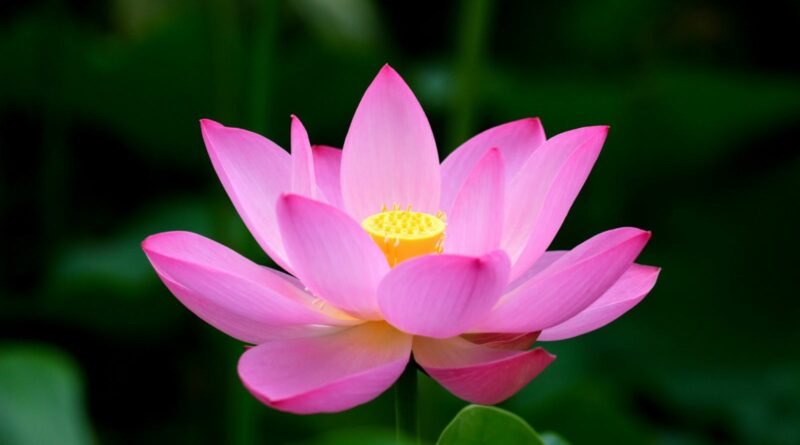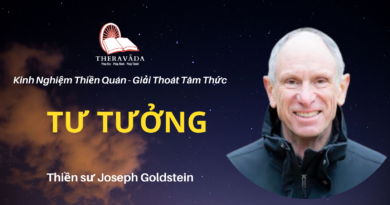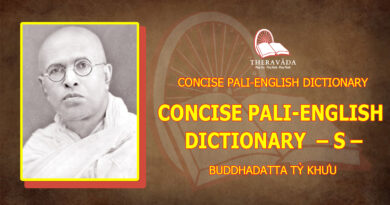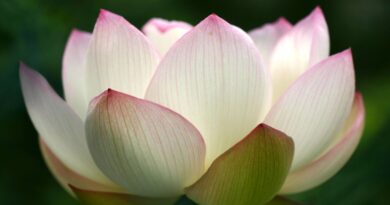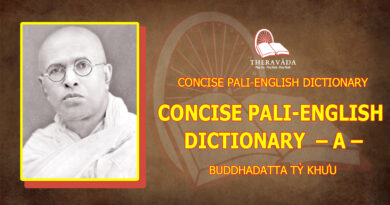DHAMMA RATANA – PREFACE
DHAMMA RATANA
PREFACE
In this book, the readers will find the lucid explanation about dana, sila, samatha and vipassana meditation. The methods of contemplation to overcome pain and sufferings (Dukkha Vedana) which especially the beginners in vipassana meditation have much difficulties to master, are also presented with clarity. Furthermore, the way of Kamma, the way of Jhana and the way of Wisdom are explained in such a way for the readers to understand easily.
The meditators should have some knowledge about the stages in the progress of insight while they are practising the vipassana meditation. Therefore, the successive development of vipassana wisdom, according to the stages of insight is expounded in a simple manner so that the readers comprehend them clearly. To encourage the meditators, this book also dealt with the ways to undertake meritorious deeds so as to be saved from apaya, though they are not yet sotapans in this very life.
Moreover, for those striving to be a sotapan in this very life, the conditions to become sotapan, the four constituents for a sotapan are explicitly compounded. In addition to the above mentioned dhamma, how to control the over-excited mind, how to encourage the mind when it is oppressed, how to let it be joyful when necessary and how to establish equanimity when it is to be indifferent, are the essential factors for the meditators to comprehend lucidly. As the vipassana meditation is the work of conscious mind, it is of utmost importance to learn how to subdue and culture the mind in order to achieve the noble dhamma, magga and phala.
A NOTE ( Biography of the Sayadaw )
The Ven: Saddhammaransi Sayadaw U Kundalabivamsa was born in the year 1921 and at the age of nine, he was noviciated. In the year 1940, he was ordained as a noble monk with Sayadaw U Dhammapiya as the preceptor. He studied at the Medini Monastery, Kyaukgone, Yangon and became a lecturer in the same monastery.
In the year 1977, he practised the vipassana meditation, under the guidance of the most Ven: Mahasi Sayadaw at the Mahasi Sasanayeiktha Meditation Centre. He became a meditation teacher in the year 1978. With the permission of the Ven: Mahasi Sayadaw, the Saddhammaransi Meditation Centre was established in the year 1979 by Sayadaw U Kundalabivamsa.
Saddhammaransi Sayadaw expounds Dhamma discourses and gives instruction for the vipassana meditation and at the same time he publishes many books since then. Thus he propagates the Buddha’s Sasana not only in Myanmar, but also in many other countries. Since 1994, the Western Countries such as U.S.A., Canada, France, Germany. Italy, Switzerland, Netherland, Belgium, as well as the Eastern Countries like Malaysia and Singapore sponsored for the Dhamma Dhuta (Dhamma messenger) programs. The numerous retreats guided by Sayadaw in these countries foster and propagate the Theravada Buddha’s Sasana (The Elders view of the Buddha’s Teaching). The number of people coming from these countries to study and practise the vipassana meditation under the Mahasi’s guidance, at the Saddhammaransi Meditation Centre, increases month after month.
Sayadaw preaches at the Saddhammaransi Meditation Centre on every Sabbath Day in the morning session after giving nine precepts to the practising yogi and the pious Sabbath observers. He also delivers the noble dhamma sermons on every full-moon day in the afternoon session. The tape recorded suitable dhamma discourses are chosen from the numerous preachings, to be translated and published as “Dhamma Ratana”. “Ratana” is rendered as “pleasant, desirable”. Therefore the dhamma discourses in this book are conducive for the development of supramundane pleasure and happiness.
Sayadaw usually repeats the important points in his dhamma talks and also let the listeners repeat the mottos after him. Since this book contains the translated dhamma talks, the readers will notice repetitions. For instance, when he wants to emphasize the difference between rupa and nama, he repeats, “the sitting body is the unconscious matter, rupa, the noting mind is the conscious mind, nama,” ” the standing body is the unconscious matter, rupa; the noting mind is the conscious mind, nama “… and so forth. The readers will find the repetition not only in the same dhamma talk but also in others too. Repetition helps one to understand more thoroughly. Thus repetitions illuminate Sayadaw’s noble intention and compassion for the listeners of the dhamma and the readers of this book.
It is hoped that, the readers will understand thoroughly and remember well the nature of the dhamma by studying repetitive statements in this book with patience. If anything is found amiss in this book, it is the sole responsibility of the translator. It is also hoped that the readers will be successful in practising dana, sila and the vipassana meditation and attain magga, phala and Nirvana after reading “Dhamma Ratana”.
May the readers be able to develop supramundane pleasure and happiness in this very life and thereafter, by wearing the “Dhamma Ratana’ or the “Dhamma Gem’.
Mya Yee
The Translator
Acknowledgement
I wish to express my gratitude to the members of the Translation Sub-committee, Board of Services, Saddhammaransi Meditation Centre, Myanmar for reviewing the manuscript.
I also wish to thank Daw Wynn Wynn Thu for her steadfast and patient copying of the manuscript.
Mya Yee
The Translator
September 1997

